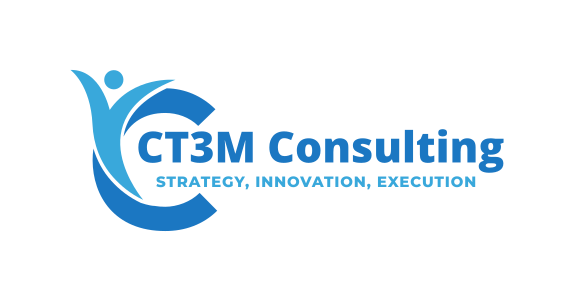

Let’s Start A Conversation
303.593.2070

Invoice factoring is a form of receivables financing that involves selling some or all your outstanding invoices to a third party who pays you a percentage of the value of the invoice. The factoring company then collects payment from your customers when the invoice is due and pays you the remainder of the invoice value, minus a fee.
Companies can therefore use invoice factoring to speed up their cash flow and unlock working capital. Invoice factoring is also sometimes known as accounts receivable factoring, debt factoring, or invoice financing.
Using invoice factoring, a business can have the greater part of their invoices paid right away, rather than having to wait for the money to come in. It allows planning and forecasting to be more accurate and allows a business to take advantage of opportunities that might otherwise be unaffordable. Improved cash flow gives a business a better chance of survival. Many businesses fail due to poor cash flow, and invoice factoring could reduce a business’s overhead. There are fees associated with invoice factoring but are less than the cost of paying a dedicated credit control staff. It also builds up morale in the accounts receivable department by taking away some of the stress in pursuing payments.
The invoice factoring process can vary between different financing providers, but generally, it will include the following steps:
1] The business provides goods or services to a buyer.
2] Accounts receivable create the invoices for the goods or services.
3] The business sells the unpaid invoices to a factoring company and receives a percentage of the value of the invoice (typically 70-90 percent).
4] The factoring company collects payment from the original customer.
Once the customer has paid, the factor pays the business the remaining balance of the invoice, minus a factoring fee.
Invoice factoring may be provided either with recourse or without recourse. With recourse factoring, the company remains liable if customers fail to pay their invoices, meaning that cash would need to be returned to the factor. In the case of factoring without recourse, the factor accepts all liability for invoices that are not paid. As such, the fees tend to be higher for non-recourse arrangements.
